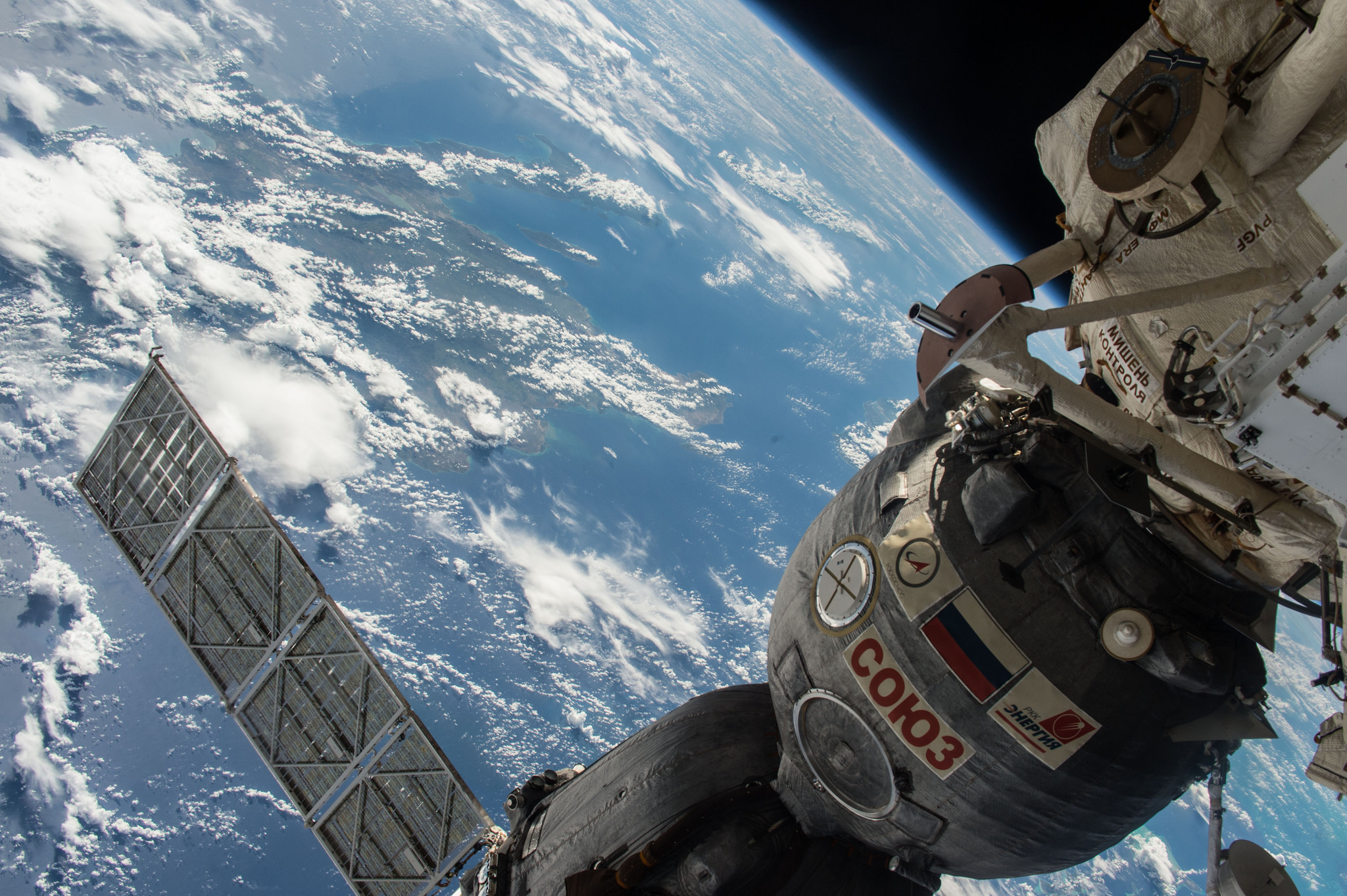
Особое настроение вызывают эти снимки ближайшего космоса, которые публикуют космонавты, Роскосмос и NASA на своих страницах в Instagram. Продолжаю традицию и делюсь с вами умопомрачительными фотографиями из космоса:
ссылка на оригинал статьи http://geektimes.ru/post/265806/
Добавить комментарий